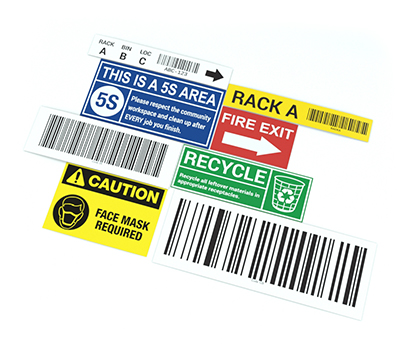
When working on electrical systems it is important to be able to distinguish what each wire is so you can ensure your safety. The neutral wire is one that is used in many systems, so understanding what the standards are for that wire color is helpful in any environment. In addition to having an electrician who knows what color this should be, the average employee working with these systems should know as well so they can take proper precautions.
![standard neutral wire colors standard neutral wire colors]() What is the neutral wire for?
What is the neutral wire for?
In AC power systems neutral wires are there to provide a low-impedance path that goes either to the earth, or to another grounding location. This will help to prevent high voltages from passing into the system, which could cause damage, fires, or other issues. Systems that are designed to have a neutral wire should never have it left off or disconnected while the system is still energized. This could quickly cause serious safety problems that could impact those working on the machine, and others in the facility.
Standard Neutral Wire Color
In both the United States and Canada neutral wires should only be white or grey. This is because the standards put forth by both the US National Electric Code and the Canadian Electric Code match up. Many companies have facilities in both of these countries, so it makes sense to ensure the wire color codes are the same whenever possible. In other countries, however, the neutral wire color is not always white or grey. In the UK for example, blue wires are set up to be used as a neutral wire.
Any electrician or other professional who is working on any machinery needs to know what color each of the wires are. This includes the neutral wire since they are an important part of many large machines and other similar items found in facilities.
Additional Wire Color facts:
- The neutral wire is the wire that completes the electrical circuit and carries the current back to the source. It is usually connected to the center tap of a transformer or the grounded terminal of an outlet. Source: https://www.safewise.com/what-is-a-neutral-wire/
- In the United States and Canada, the standard color for the neutral wire is white or gray. This is to ensure a clear contrast with other wire types, such as hot wires (black, red, blue, etc.), ground wires (green, green with yellow stripe, or bare copper), and switched wires (any color other than white or gray). Source: https://www.bobvila.com/articles/electrical-wire-colors/
- However, sometimes the neutral wire may be marked with a different color, such as red or orange, to indicate that it is being used for a special purpose, such as a secondary phase in a 220-volt circuit. This is allowed by the electrical code as long as the wire is clearly identified with tape or paint at both ends. Source: https://toolsweek.com/what-colour-is-a-neutral-wire/
- The neutral wire is not always safe to touch, even though it is supposed to have zero voltage. There may be situations where the neutral wire becomes energized due to a faulty connection, a short circuit, or an overloaded circuit. Therefore, it is always advisable to turn off the power and use a voltage tester before handling any wires. Source: https://www.acdc-electric.com/electrical-wiring-colors-which-one-is-hot-neutral-ground-for-residential
- The neutral wire color may vary depending on the country or region. For example, in Europe, Australia, and New Zealand, the neutral wire is usually blue, while in China, Japan, and Korea, it is light blue. In India, the neutral wire is black, while in Brazil, it is blue-white. Source: http://www.electricalterminology.com/usa-electrical-wire-colors/
Similar Questions
- What does the neutral wire do?
- What’s the difference between a positive and neutral wire?
- What are wire color codes?
- What is the Color of the Ground Wire?
- What is the gray wire color used for?
- How are neutral wires identified?
- What are AC power standards?
- What are the hazards associated with improper wire marking?
- What does it mean to ground a wire?
 What is the neutral wire for?
What is the neutral wire for?
